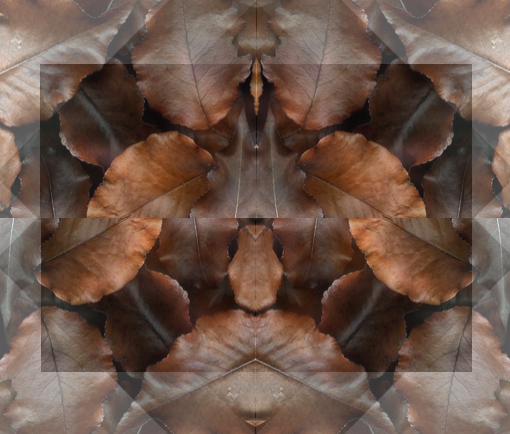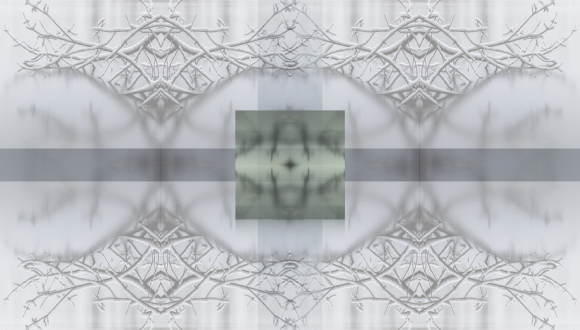The notion that ghosts cannot be identified with persons, and consequently, that the haunting effect of Vertigo is not tied to any character and their concrete attributes or actions in the plot of the film, is not particularly original. In fact, the makers of the movie themselves were conscious that Vertigo is in essence about a psychological pattern.
Samuel Taylor, the writer who produced the script of the film in the form known to us, said it very clearly: “it’s a very human story — bizarre, but really human. It takes place in the mind of the viewer” (quoted in Donald Spoto, The Art of Alfred Hitchcock, 268; my emphasis).

Curiously, this is already reflected in the way the movie came into existence: for not only does it play out, ultimately, in the mind of the viewer, but it was already shaped in the mind of its creator, Hitchcock, before it was written and produced. Again, Taylor relates: “[…] most of the scenes — the graveyard sequence, for example — were already in Hitchcock’s mind. The long silences are his, the camera movements are his.” (Ibd., my emphasis.)
The strong psychological effect of the finished work is not an accident: it was part of the project from the beginning. The cinematic innovations (i.e. the long, silent sequences and the circling camera movements) were part of the plan, as were the adjustments made to the story of the novel on which it was based. And it was all in Hitchcock’s mind before it came to existence in the external world, suggesting that the consistency of the entire psychological construct was pre-existent in the mind, too.
I would go even further and claim that this consistency is based on the notion of a ghost, as I am developing it here, as a recurring psychological pattern. For this recurrence, again, ist an essential ingredient, built into the plan from the beginning:
The image of the spiral is more than an innovative and arresting design suggesting the dizziness of vertigo: it is the basic image on which the entire structure and design of the picture are based. The winding staircase of the bell tower at the mission, the twists and turns of the cemetery walk, the spiraling dark hair in the portrait of Carlotta Valdes (and, in imitation of that, Madeleine’s and Judy’s hair); the spiraling downwards journey of the two cars on San Francisco’s hilly, vertiginous streets, the rings of the tree in the forest, the camera’s encircling Judy during the letter-writing scene — all these swirling motions create and sustain the hallucinatory, dreamlike effect of the film […]
Ibd., 275.
Even the patterned structures of plot and personalities aside, then, the film constantly points us, in its very making, to the effect of recurrences on the mind — not just the minds of the characters, but also ours, as viewers.



